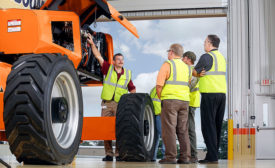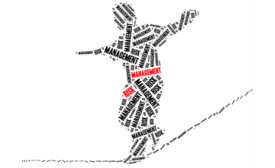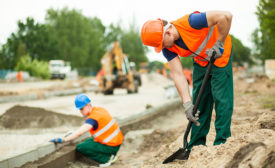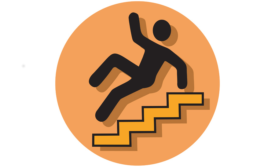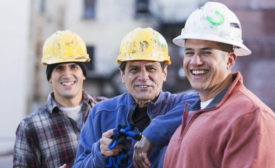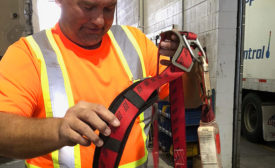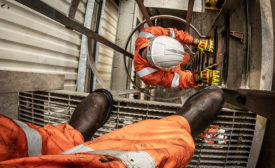Risk Management
Centralized software reduces errors & increases security
Ditch the spreadsheets
July 3, 2019
Confined Spaces: Airborne dust & particulates accumulate quickly
These hazardous materials require close exposure monitoring
July 1, 2019
Isolating hazardous energy with maintenance procedures
Lockout-tagout devices must resist corrosives, wet environments, improper removal
June 26, 2019
Personality tendencies impact performance
Are you a “doer,” “thinker,” “socializer” or “relator”?
June 21, 2019
Invest in slips & falls protection
Safety footwear and fall protection protect truckers from specific hazards
June 19, 2019
Never miss the latest news and trends driving the safety industry
eNewsletter | Website | eMagazine
JOIN TODAYCopyright ©2024. All Rights Reserved BNP Media.
Design, CMS, Hosting & Web Development :: ePublishing
